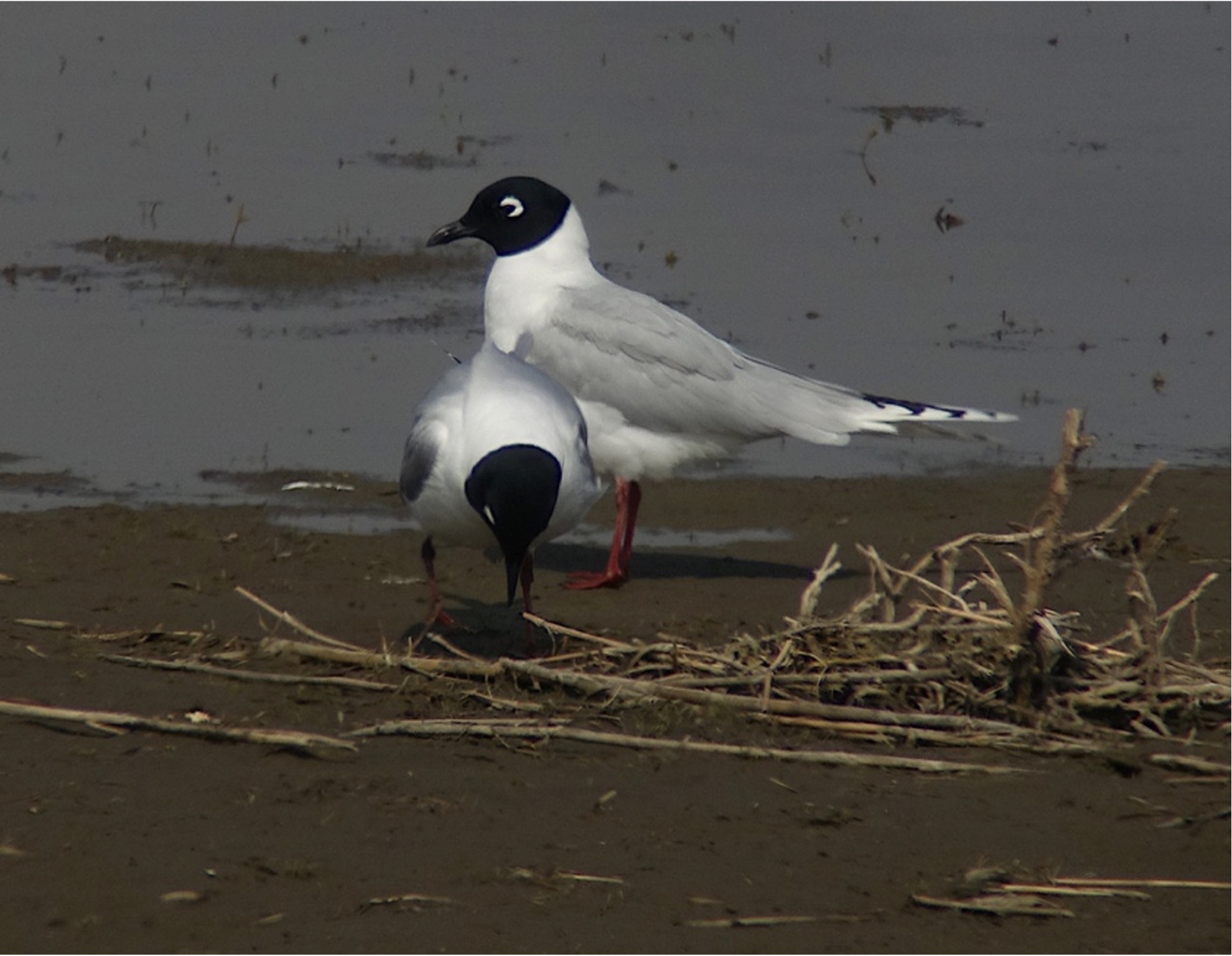Written by Dr. Nial Moores, Birds Korea
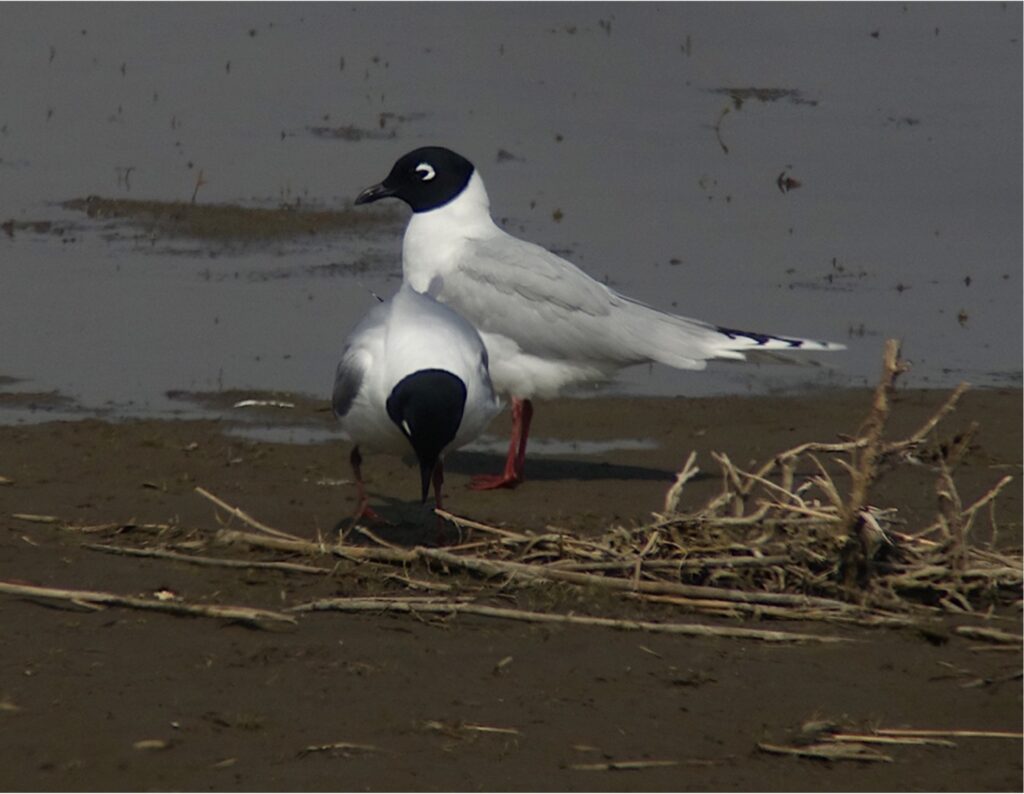
Saunders’s Gulls at the Hwaseong wetlands ©Nial Moores/Birds Korea
Biodiversity is vital to ecosystem health, and healthy ecosystems provide the essential foundation for social and economic sustainability. Especially in densely-populated regions, the conservation of biodiversity needs more than just data. It requires a combination of good science, collaboration between local people, NGOs and government, and strong political will.
The “Collaboration for the Conservation of Hwaseong Wetlands (2021)”, led by the EAAFP Secretariat, funded by the Hwaseong Eco Foundation (within the Hwaseong City local government) and conducted in large part by Birds Korea (responsible for research) and KFEM Hwaseong (responsible for CEPA), is a powerful demonstration of what can be achieved for conservation is a short-time frame when science, collaboration and political will are in alignment.
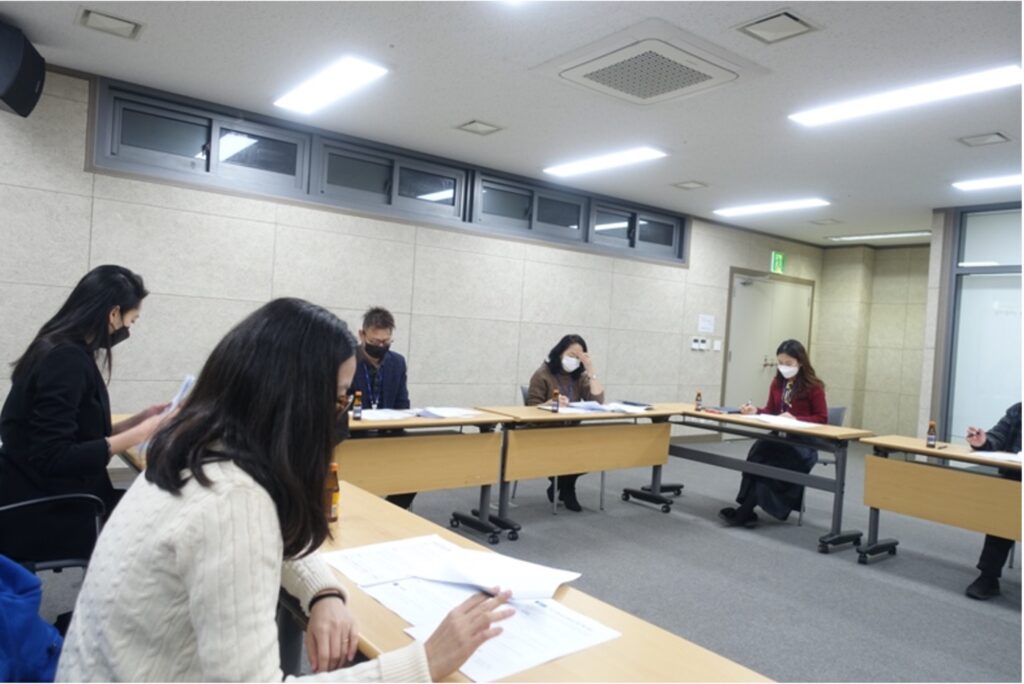
Meeting with collaborative organizations ©Nial Moores/Birds Korea
Formerly known as Namyang Bay, the Hwaseong Wetlands are now comprised of tidal flats and a large reclamation area within the jurisdiction of Hwaseong City, Republic of Korea. The site was first recognised as internationally important for waterbirds back in 1988; it also supported a major fishery. Nonetheless, c. 6,400ha of tidal flats and shallows were blocked off from the sea in 2002, leading to a massive loss of foraging and most roosting areas depended on by shorebirds, as well as the loss of livelihoods of thousands of local fishers and shell-fishers.
In 2018, the EAAFP Secretariat (led at that time by the late visionary Dr Lew Young) visited the wetland with Hwaseong City officials; and the same year the first of four annual international symposia were held, with substantial input from NGOs and representatives of fishing communities. By the end of 2018, 7,301 ha of the Hwaseong Wetlands were designated as a Flyway. Network Site (FNS) by Hwaseong City and the EAAFP.
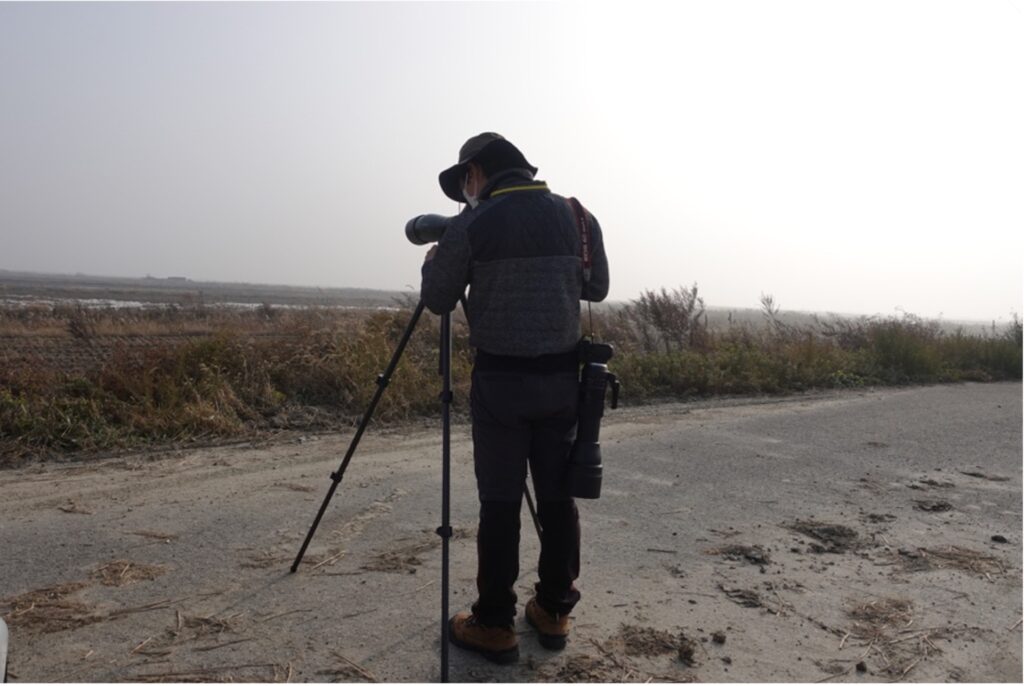
Mr. Hanchul Jung surveying at the Hwaseong wetlands ©Nial Moores/Birds Korea
In 2020, in the next step toward proposed Ramsar site designation of part or all of the FNS, Hwaseong City then funded this collaborative project, coordinated by the EAAFP Secretariat. The project included public awareness activities organised by KFEM Hwaseong, two more international wetlands symposia, and several days each month of waterbird counts led by Birds Korea, from late June 2020 to mid-June 2021 (effectively a one-year cycle in the life of a waterbird), followed by additional counts and two training workshops in August and November for potential site wardens.
During the one-year research cycle, 113 species of waterbird (and 105 species of landbird) were recorded in the FNS, comprised of a minimum 150,278 individual waterbirds, and 25 waterbirds recorded in 1% or more of their population. The five most numerous species were Tundra Bean Goose (40,500), Greater White-fronted Goose (16,000), Mallard (15,000), Dunlin (14,850) and Great Knot (8,500). Survey of adjacent wetlands also confirmed the Ramsar-defined international importance for the first time of the adjacent Maehwari Tidal Flat (also in Hwaseong City) and the continuing international importance of remaining areas of tidal flat and reclamation impoundments in the adjacent Asan Bay.
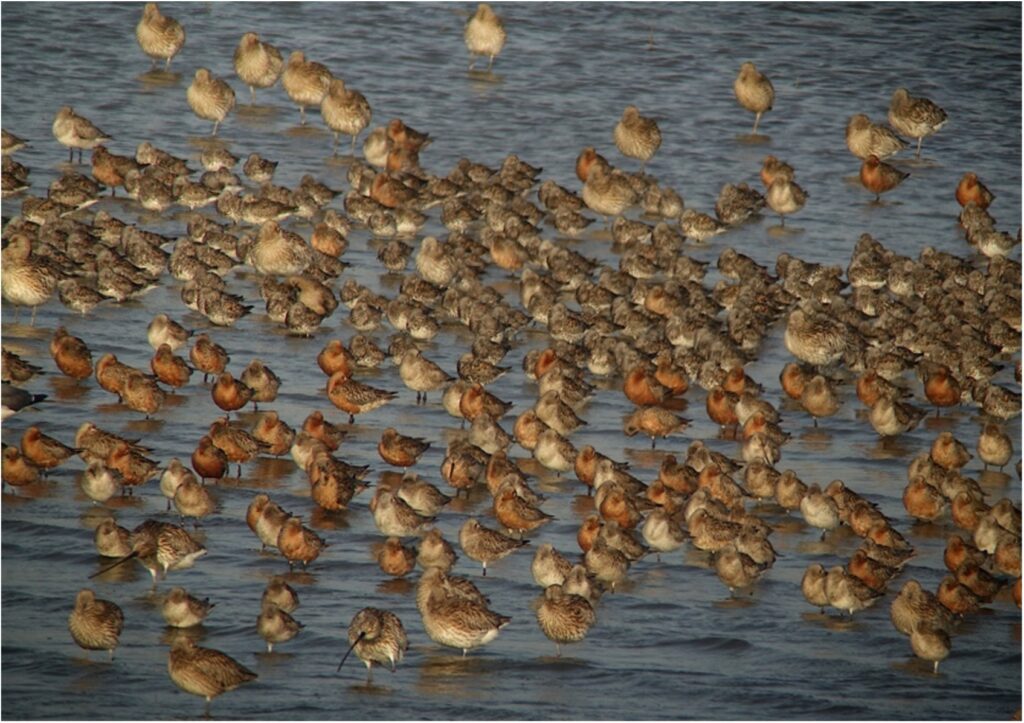
Roosting of Shorebirds at the Hwaseong wetlands ©Nial Moores/Birds Korea
The two training workshops, and additional meetings on management, helped to build local capacity. Although the second workshop was somewhat hampered by an outbreak of Poultry Flu (Highly Pathogenic Avian Influenza) elsewhere, both workshops helped local counters to improve their identification and counting skills: important for future research initiatives.
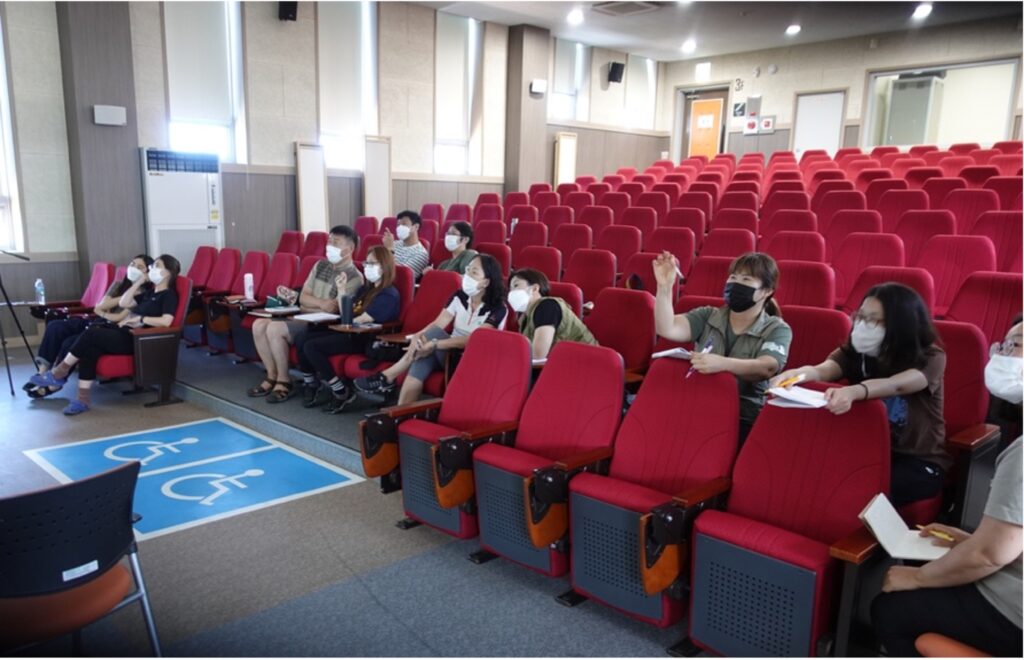
Training workshop for research initiatives ©Nial Moores/Birds Korea
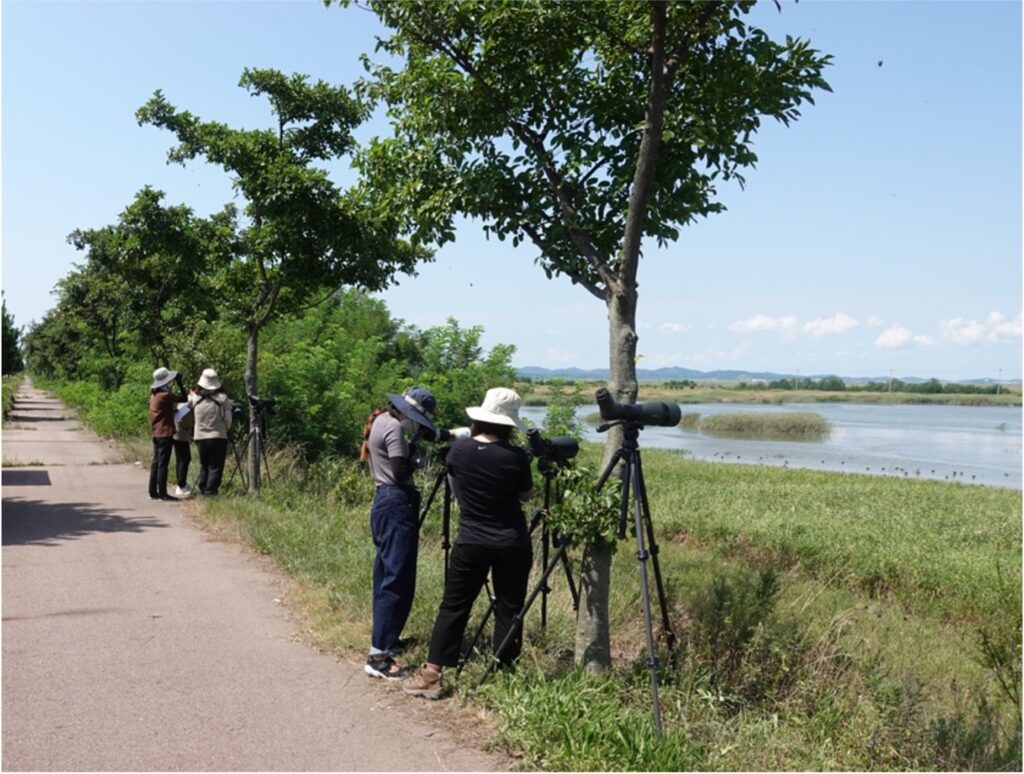
Shorebird workshop in August 2021 ©Nial Moores/Birds Korea
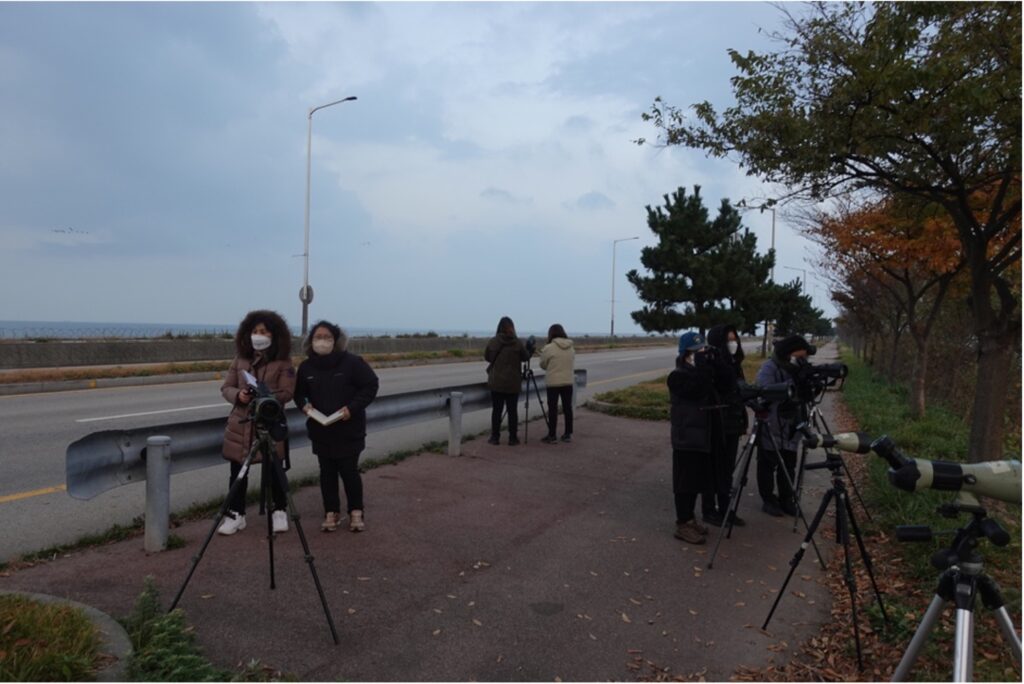
Anatidae workshop in November 2021 ©Nial Moores/Birds Korea
As part of the same collaboration, Hwaseong City also funded the “Far Eastern Curlew Network of the Korean Peninsula”. Research by this Network in July 2021 was conducted by several organisations and individuals in three main tidal flat areas along the west coast of the Republic of Korea during the predicted peak of southward migration of the species. A total of 9,642 Far Eastern Curlew were recorded, with 3,746 in Incheon, 3,255 along parts of the Gyeonggi mainland coast (including a single scan count of 2,755 at roost in the FNS) and 2,641 in the Geum Estuary. This is equivalent to a third of the world population and is higher than previous national estimates of the species for the whole southward migration period. Discussion is now underway to try to expand this network, with the aim of generating data and, if possible, to help build collaboration between researchers in Korea and throughout the Yellow Sea Eco-region.
International symposia were also held in late 2020 and 2021. Both symposia enabled the exchange of best information on management and wetland restoration; helped introduce potential future expert partners to Hwaseong City; and contributed to a substantial increase in local and national awareness of the wetland.
In July 2021, in recognition of the proven outstanding international importance of remaining tidal flats in the Hwaseong Wetlands FNS, the national Ministry of Oceans and Fisheries designated 1,408 ha of tidal flats and sea shallows as the Hwaseong Maehyangri Wetland Protected Area. In the second half of 2021, a Ramsar Information Sheet for the exact same area was also prepared by Hwaseong City, using data on waterbirds generated by the project. Hwaseong City also held discussions with the Ministry of Environment on creating a minimum 900 ha Wetland Protected Area in the freshwater habitats of the FNS, centred on the margins of the Hwaseong Reclamation Lake.
High quality data, contained in two full reports and in one journal paper (still under peer review at the time of writing) and collaboration at a range of scales have been developed through this important project. All project partners and a growing number of local people are now deeply committed to supporting Hwaseong City in their ongoing efforts to conserve the internationally important biodiversity of the Hwaseong Wetlands.

